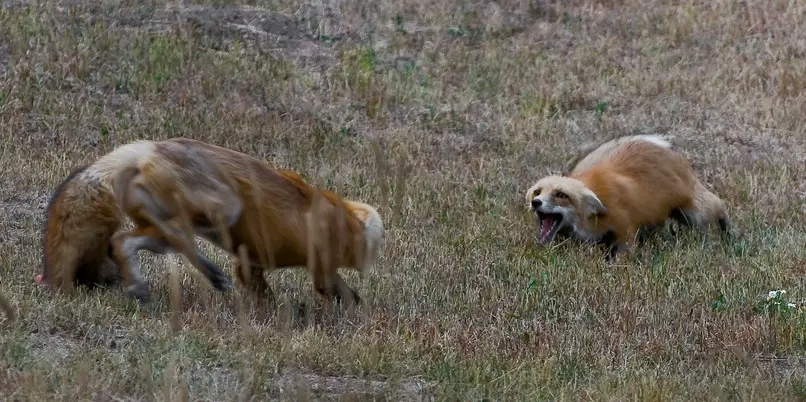Imagine trying to trace your genetic history using sources from just your mother’s side. That’s exactly what scientists studying the evolution of the red fox have been doing for decades. However, now, University of California, Davis, researchers have for the first time explored ancestry across the red fox genome, including the paternal side. The data, constructed from over 1,000 individuals from all over the world, unveil some surprises about the origins, journey and evolution of the red fox, the world’s most widely distributed land carnivore.
“The genome and the information it contains about our ancestry and evolution is huge,” says lead author Mark Statham, an assistant project scientist with the UC Davis Veterinary Genetics Laboratory. “If you’re only looking at what your mother’s mother’s mother did, you’re only getting a small proportion of the story.”
The study has been published in the latest issue of the journal Molecular Ecology and represents the most globally comprehensive work yet to be conducted on the red fox.
Conventional thinking based on maternal genetics implied that red foxes from Eurasia and North America composed a single interconnected population across the Bering land bridge between Asia and Alaska. To contrast with this however, this new research indicates that the red foxes of North America and Eurasia have been almost entirely reproductively isolated from one another for approximately 400,00 years. During this time, the North American red fox evolved into a new species distinct from its Old World ancestors.

The previous view was misleading by the maternal picture because a single female line transferred from Asia to Alaska about 50,000 years ago.
The novel genetic research further suggests that the first red foxed originally came from the Middle East before beginning their journey of colonisation across Eurasia to Siberia, across the Bering Strait and into North America, where they eventually founded the North American population.
“That small group that got across the Bering Strait went on to colonise a whole continent and are on their own evolutionary path,” Statham said.
During the red foxes’ journey over millennia, ice sheet formation and fluctuating temperatures and sea levels offered periods of isolation and reconnection, impacting on their global distribution. Statham has said that understanding the evolutionary history of the red fox will allow an insight into how other species might have responded to climate change and those same environmental shifts.
The research effort, headed by Statham and Ben Sacks, associate adjunct professor and director of the UC Davis Mammalian Ecology and Conservation Unit, included a network of collaborators and contributors from around the globe and relied heavily on specimens in natural history museums.
The study received primary funding from the Systematic Research Fund through the Systematics Association of the Linnean Society of London and the Veterinary Genetics Laboratory at UC Davis.
Contributing Source: UC Davis
Header Image Source: Flickr






